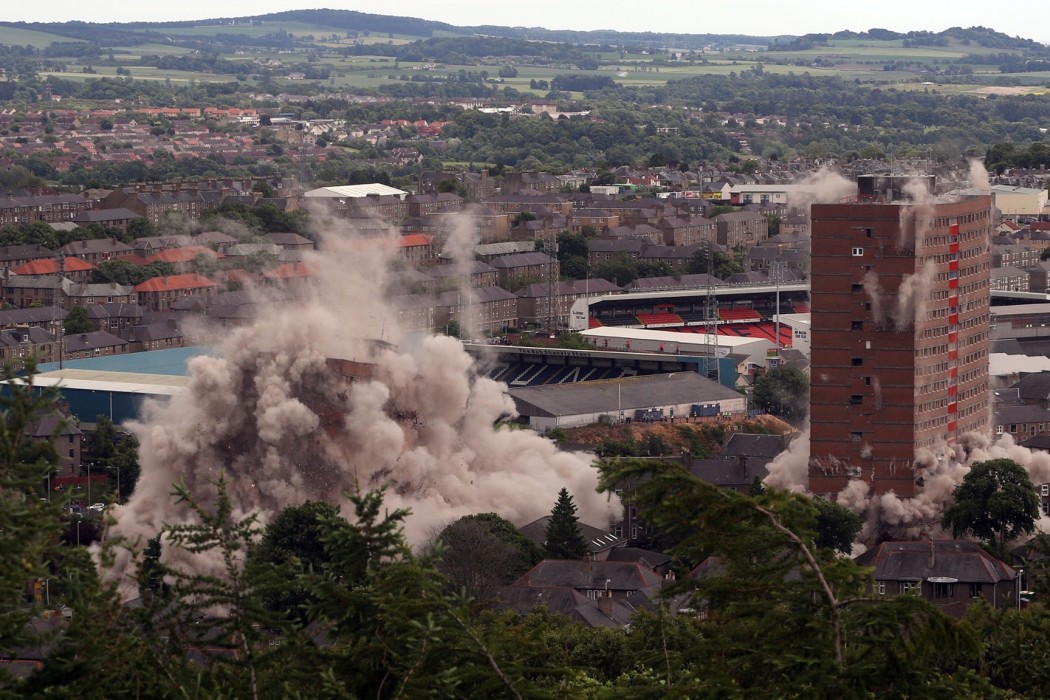It seems that whenever it’s decided something must be done about deteriorating estates like Heygate (London, UK), the thinking has been narrow: demolish it.
That was never more clear than when the Red Road tower blocks in Glasgow, Scotland were slated for demolition live on television during next month’s Commonwealth Games. The uproar over the insensitivity of blowing up people’s homes as a sporting celebration drew unprecedented attention to the issue of demolition, and nixed the plan; but Red Road will still get dynamited.
Indeed, across the UK, from Newcastle to Nottingham, social housing faces the wrecking ball. But is demolition the only answer?
People who actually have to live through the process challenge the very premise of regeneration: that it is in the public’s interest and will bring local benefits. One Southwark councillor, Peter John, recently said he would never recommend a regeneration scheme for places like Heygate: “It is just too unnecessarily challenging … [it] is just not the way forward.”
There is always an alternative to demolition. The Elephant and Castle shopping centre is a good example, but with its core client base strewn around the city, this community hub will fail. As developers cut back on affordable housing and councils continue to scoff at renovation, it seems clear that the flattening and redeveloping of opportunity areas across the country is not about making residents’ lives better.
Rather than demolition, it is organic evolution that creates the most resilient communities. Forget tabula rasa regeneration, slow and steady wins the race. Just as nature renews itself, so a gradual process of pruning and regrowth is better suited to our neighbourhoods. After all, successful regeneration of an area shouldn’t involve replacing the life that exists there.

